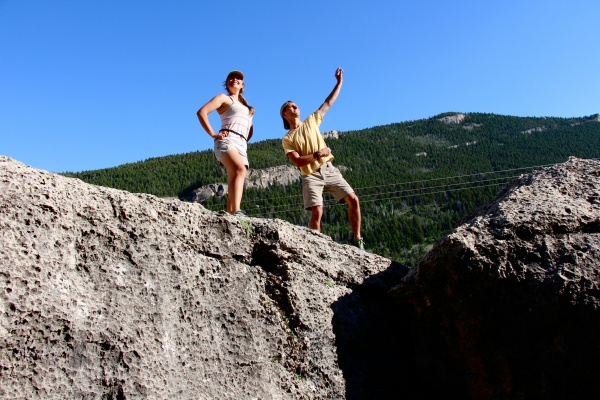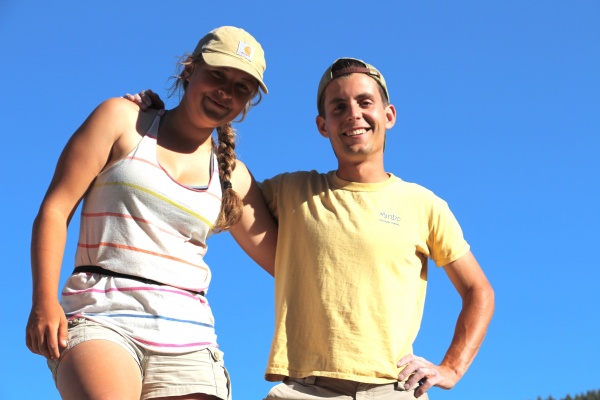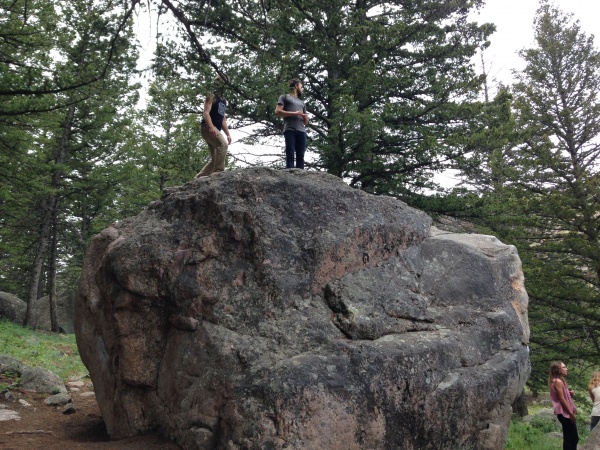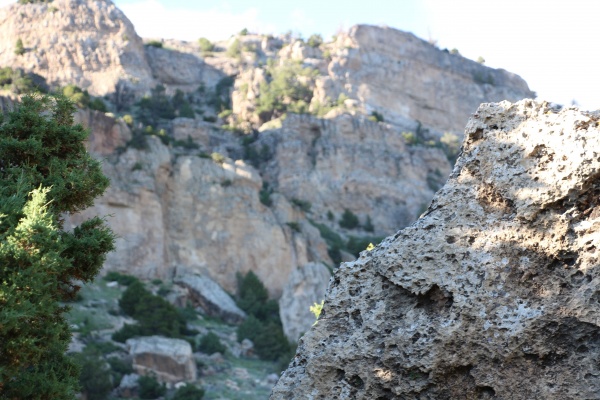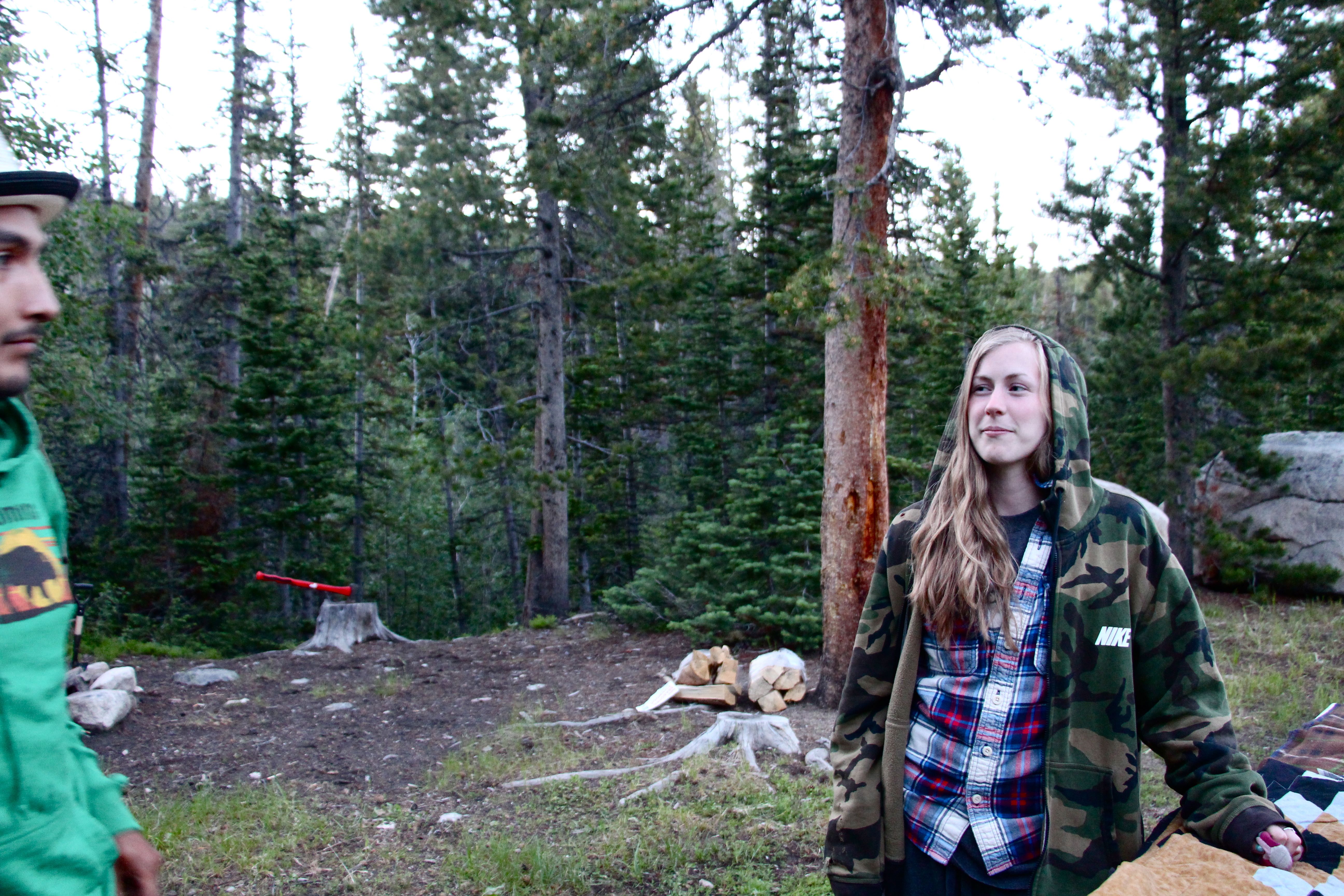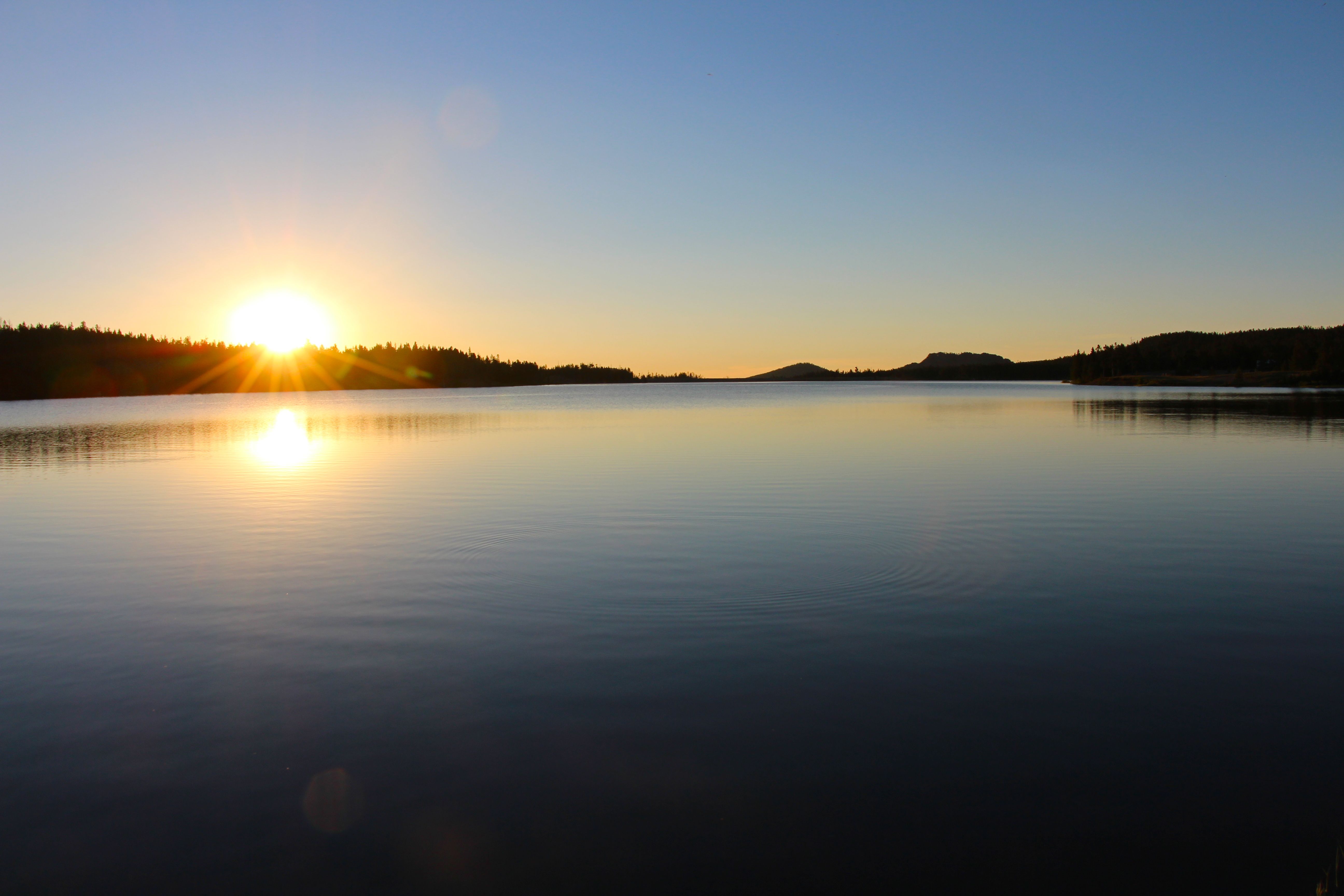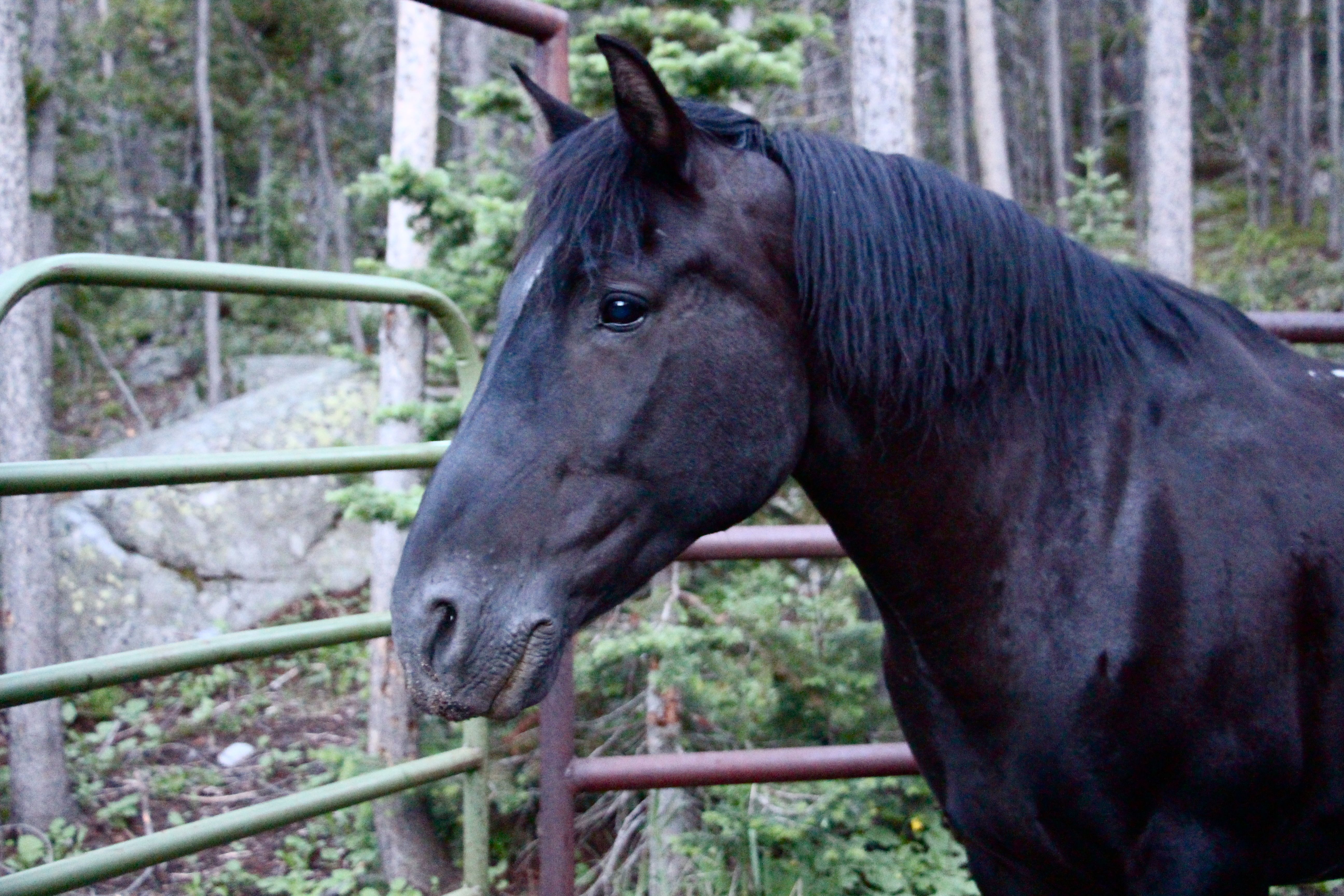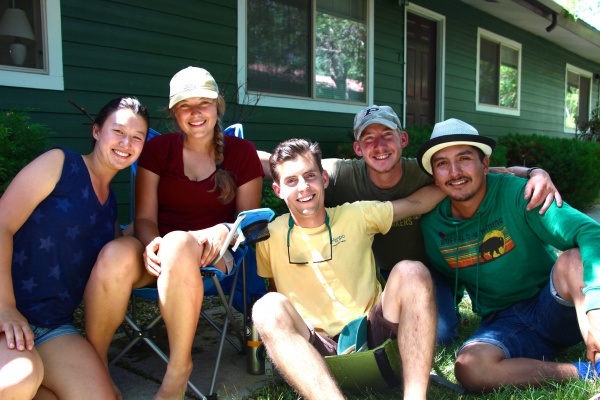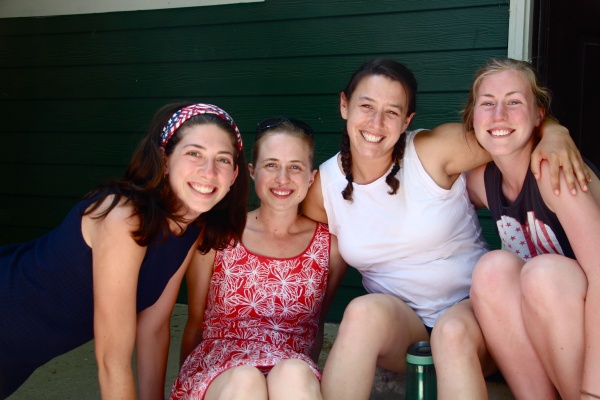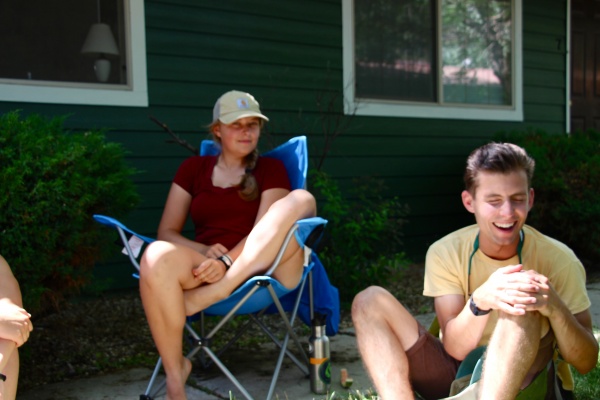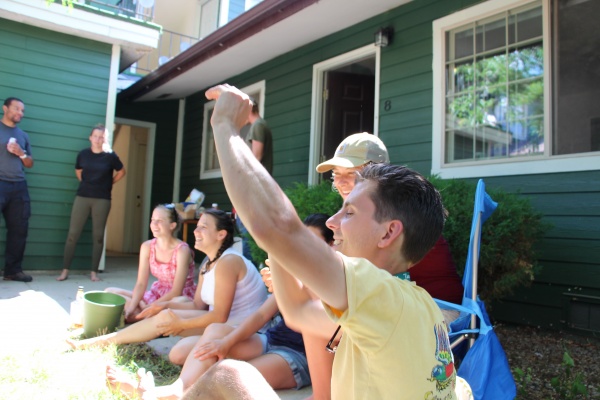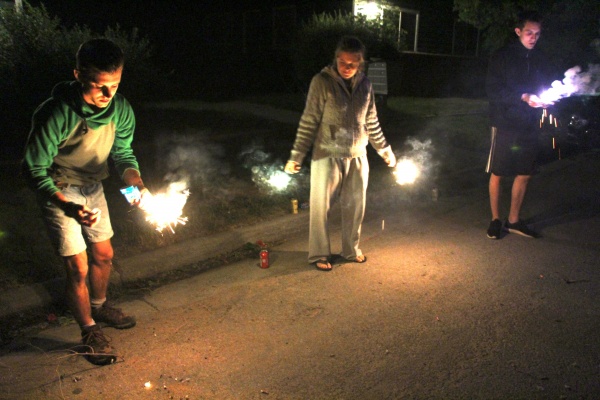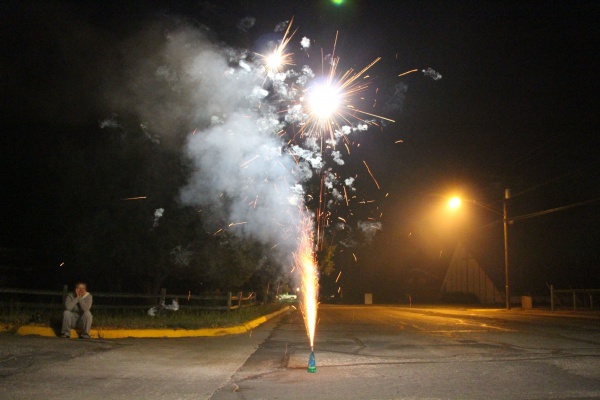… The long-term benefits of sunscreen have been proved by scientists, whereas the rest of my advice has no basis more reliable than my own meandering experience.
I will dispense this advice now.”
I’m not sure how many of the CLM interns or other people reading this blog are old enough to remember Baz Lurhman’s 1999 hit “Everybody’s Free (To Wear Sunscreen)” or the 1997 commencement speech, written by the Chicago Tribune’s Mary Schmich, that inspired it. If you are unfamiliar with this little piece of 90s pop culture, please go ahead and look it up.
As this is my last blog post of my internship, I have decided to focus on offering some insights and advice for current and future interns. The majority of CLM blog posts focus on the fantastic new people, places, and things that interns are experiencing. This is great! However, as with all social media, the rose-colored glasses people use can block out some of the more challenging aspects of life. So, without further ado:
Wear sunscreen
This advice is solid, no matter where you are located for your internship. And, really, this is good advice for any time you’ll be outside, working or not.
Don’t dwell on other interns’ blog posts
It can be fun to see what everyone else in the program is doing and learning. It can also sometimes seem like other people are receiving more/better opportunities or training than you are. What the blog posts tend not to show are the periods of frustration, stress, loneliness, etc. that everyone experiences. Don’t focus on other people’s internships. Focus on making the most out of your own.
Communication is KEY
I consider this as important as wearing sunscreen. Poor communication skills are the source of many of life’s frustrations, and cause strain on personal and professional relationships. If you are working with other people, make sure everyone is on board with schedules and plans, and that everyone has a chance to contribute. Listen to other people’s concerns, and if you have concerns or frustrations of your own, speak up! No one can help you if you don’t ask for it.
Stay where you are…
…within reason. I’m not saying you shouldn’t take advantage of weekend trips to places fairly close by. I’m saying don’t use your vacation and personal time to keep going home or keep taking trips to meet friends or significant others halfway across the country. You’ll squander your opportunities to discover the places around your internship location and your opportunities to build relationships with your fellow interns and coworkers.
Use your support system
This likely consists mainly of your fellow interns. Many internships are in smaller towns or rural areas, which means your main social options are who you work with. Build relationships with your teammates and support each other. Spend time together and go on adventures. Isolating yourself not only lessens your own experience, but can also leave your fellow interns on their own.
Be aware of expectations vs. reality, and be proactive
Many times things don’t turn out the way we expect them to. Is your project not what you thought it would be? Is your location not as exciting as you’d hoped? That sucks, but you’re going to have to deal with it. Being perpetually negative won’t fix anything. Being proactive will. Start asking around the office to get involved with other activities. Start networking where you can. Opportunities usually exist, but sometimes they require effort.
Take advantage of and appreciate your time here
Whether you are loving your internship or have hit a rough patch, focus on making the most of your time. You are in (probably) a new and unfamiliar place. Appreciate experiencing a different environment. Appreciate experiencing a different cultural region of the country. Appreciate meeting new people. Appreciate experiencing struggles you may not have faced before, and the personal growth that comes from that.
Take advantage of your time here.










 This is the day I’ve earned by countless others spent soaked to the bone in cold driving rain that deems my Rite-in-the-Rain datasheets un-writable, which doesn’t really matter anyway because my fingers have lost all motor functionality for writing. The days spent tussock-hopping over ankle-twisting towers of cottongrass wearing a suffocating headnet and rain gear not because it’s raining but to guard against the pursuit of a persistent buzzing cloud of mosquitoes that find their way into my shirt sleeves and munch at the gap between my headnet and the collar of my shirt. The days of stifling heat and wildfire smoke that boil the sweat in my muck boots and give me black crusty nostrils and a splitting headache. The miles spent thrashing through alders, balancing on flexible stems and trying in vain to find the “grain” to travel with, toting a 10-foot soil auger in one hand, wondering if I’m due up yet for a surprise bear encounter after five seasons of luck.
This is the day I’ve earned by countless others spent soaked to the bone in cold driving rain that deems my Rite-in-the-Rain datasheets un-writable, which doesn’t really matter anyway because my fingers have lost all motor functionality for writing. The days spent tussock-hopping over ankle-twisting towers of cottongrass wearing a suffocating headnet and rain gear not because it’s raining but to guard against the pursuit of a persistent buzzing cloud of mosquitoes that find their way into my shirt sleeves and munch at the gap between my headnet and the collar of my shirt. The days of stifling heat and wildfire smoke that boil the sweat in my muck boots and give me black crusty nostrils and a splitting headache. The miles spent thrashing through alders, balancing on flexible stems and trying in vain to find the “grain” to travel with, toting a 10-foot soil auger in one hand, wondering if I’m due up yet for a surprise bear encounter after five seasons of luck.



















